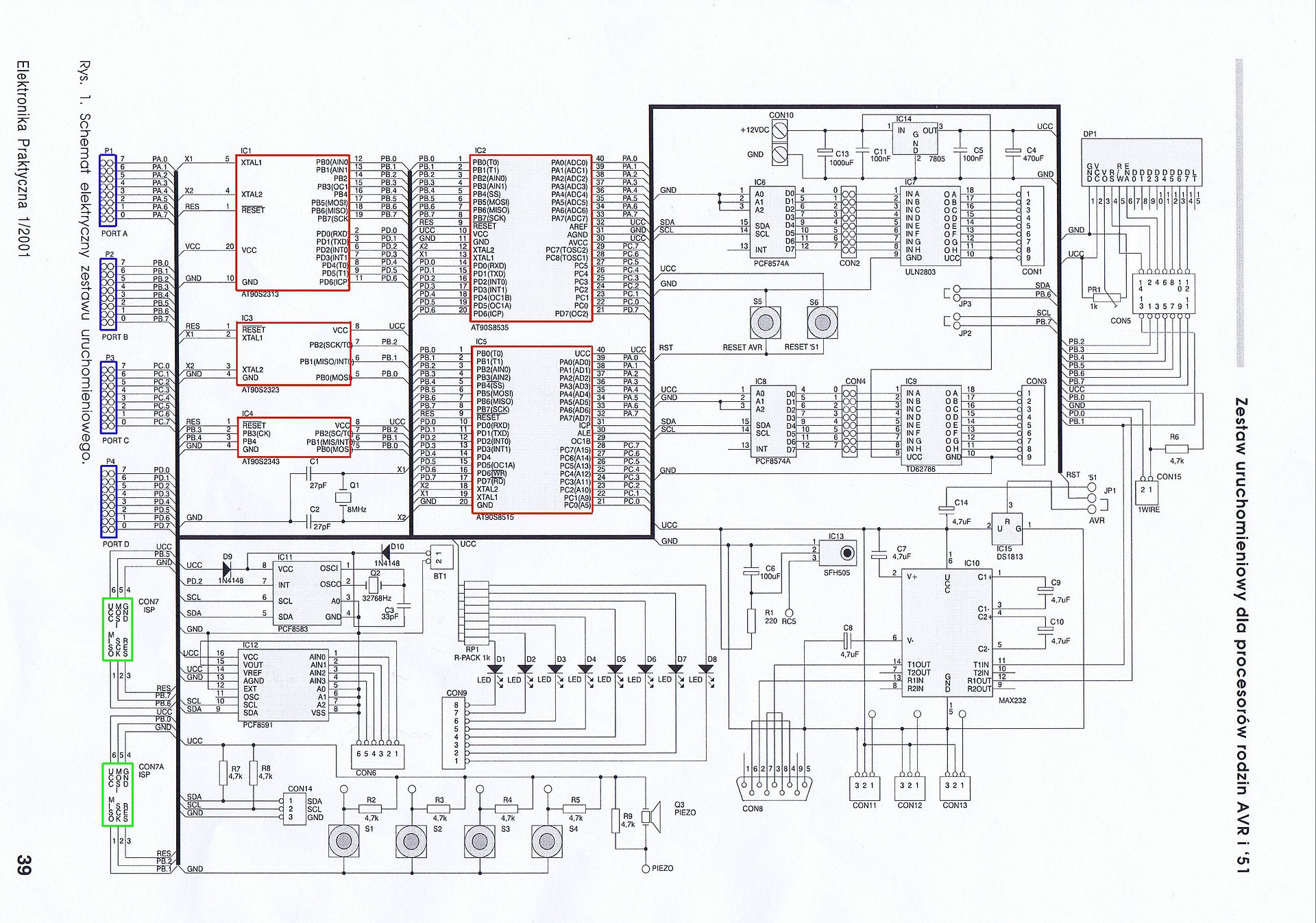
The Field Mill Voltmeter
This project was started around June 1999 and is still ongoing. It came about when I first started building my own Van De Graaff generators. When demonstrating some of the amazing effects that can be obtained with the Van De Graaff generator, I had often wondered and have often been asked "What output voltage does it generate?" Well, after looking into various options, the Fieldmill voltmeter appeared to be the way to go. Its main benefits are that it is non contacting, therefore extremely high impedance and has the minimum effect on the source being measured. It is also easily constructed by anyone with reasonable workshop tools.
The operating principle and theory behind the Fieldmill are detailed separately here.
For details of the field mill electronics, go to the circuit info. section here.
For calibration details see the Calibration section here.
The next section shows various pictures of my prototype fieldmill along with basic constructional information, to allow anyone else to duplicate this project if required. None of the component parts are particularly special. The motor I used was salvaged from an old piece of medical equipment, but could just as easily have been an old cassette recorder motor or similar. The outer housing or screening enclosure is a tin plated steel, cat food tin, that happened to be just the right size. All of the other parts were sourced from my junk box. Hence the price of the unit was kept very low. Almost zero in fact.

The photo on the right shows the end of the Fieldmill. The main component parts of the assembly are grouped together here. The screening can (top left) is a cut down cat food tin and is approx. 74mm diameter by 59mm high. The rotating, earthed vane can be seen with the measuring electrode (almost completely covered) directly below. The patches of solder visible on the vane were added to help balance the vane and reduce vibration. Both the vane and the measuring electrode are manufactured from 1.5mm thick, double sided fibreglass based printed circuit board (1oz Cu). This was purely for convenience. Both the vane and the measuring electrode could be made from any conductive sheet material such as brass, copper, tin plated steel etc.The overall diameter of both the vane and the measuring electrode is 67mm.


The photo on the left shows the general construction. The motor is directly mounted to the acrylic base plate and the ground plane is supported on plastic pillars. The brass leaf springs to each side provide electrical connection between the ground plane and the screening can once the unit is assembled.
In the middle foreground can be seen the motor supply cables passing through a ferrite sleeve. This helps prevent high frequency conducted noise on the motor cables finding its way back into the sensitive amplifier circuitry.
The acrylic base plate is a nice sliding fit into the screening can and supports the rest of the motor / vane assembly. The baseplate is fixed to the screening can by two M3 screws which pass through the can and into the baseplate.
The photo on the ight shows the general construction of the main electronics for the prototype unit. The screened input connector for the sense electrode can be seen bottom left and the gain / range select switch is top right.
The later MK2 version can be seen here.


